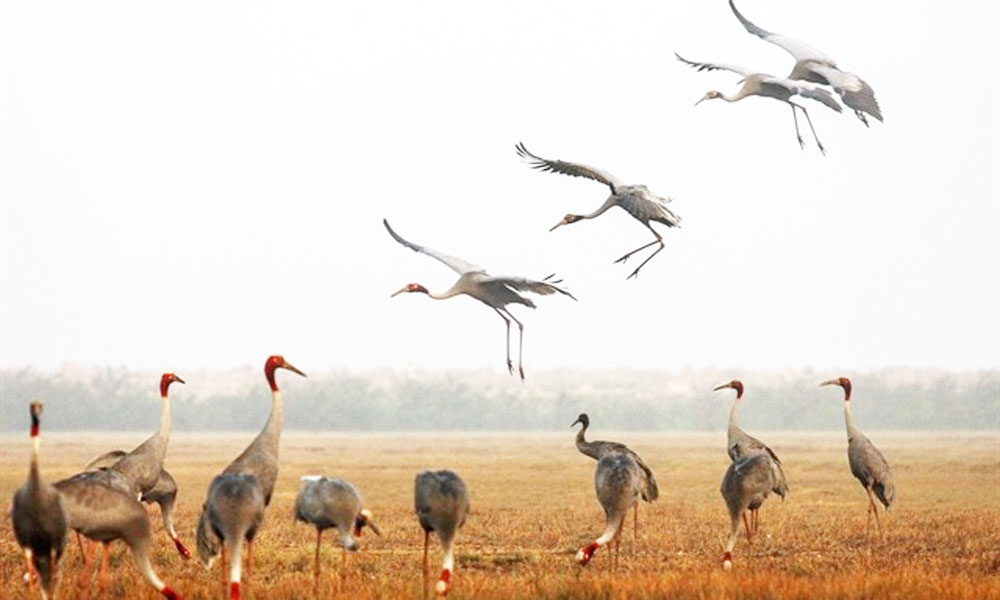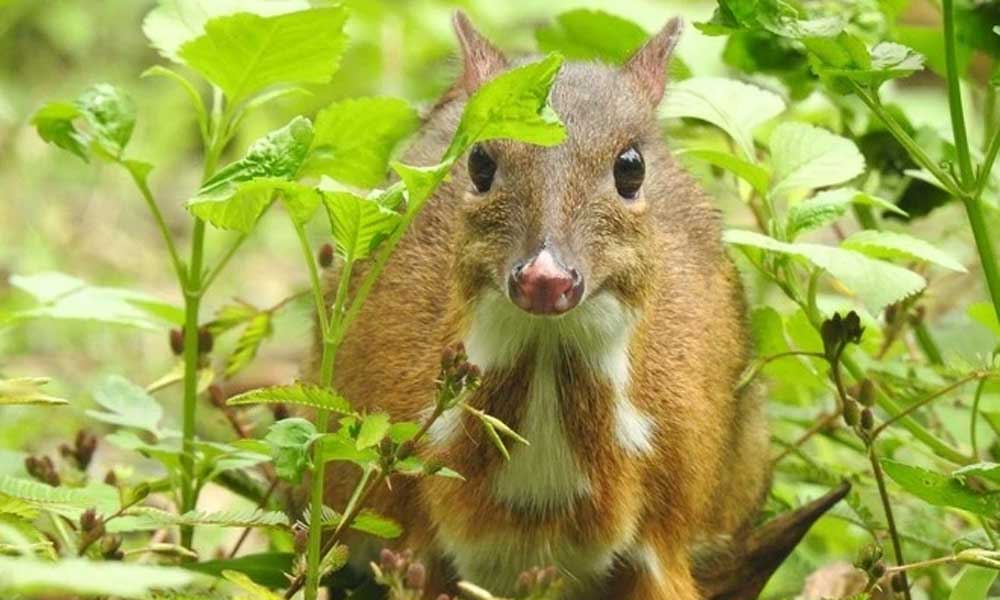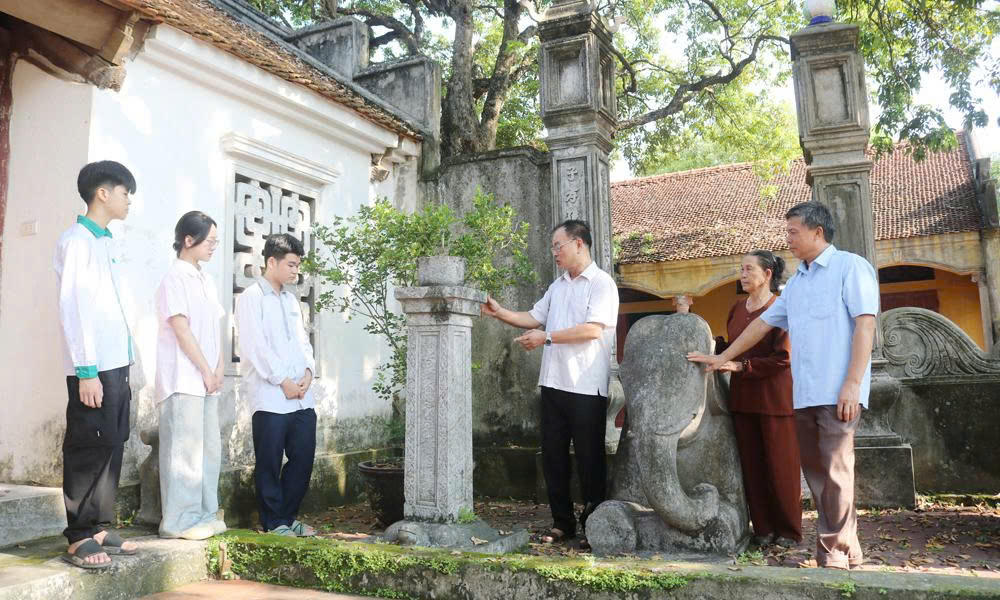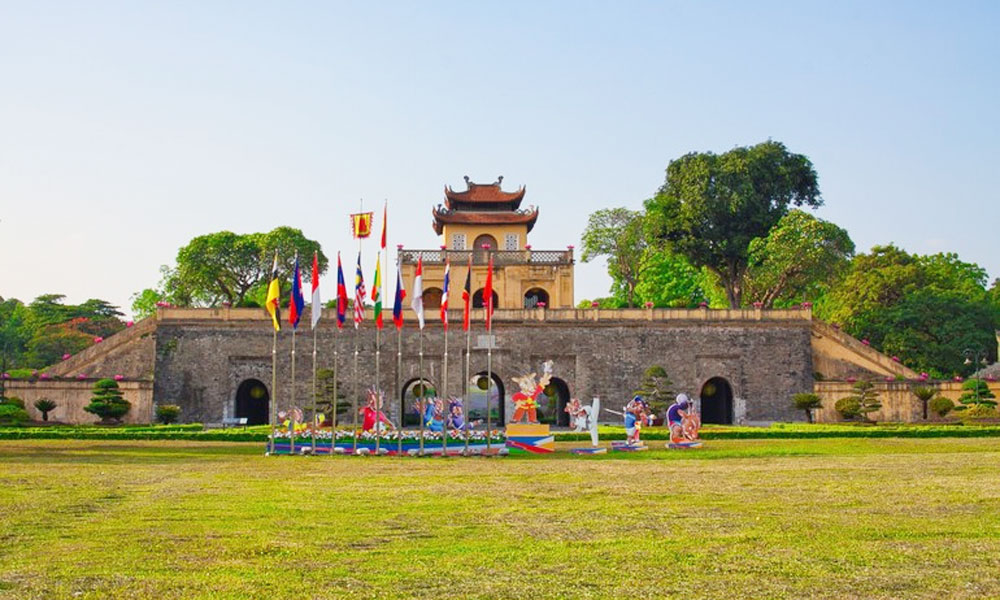National park works to restore habitat to save red-crowned cranes
Conservation efforts to restore habitat and boost the population of red-crowned cranes in Tram Chim National Park are finally showing progress, with the cranes and many other rare wild birds coming back to the park.
Tram Chim National Park is making an effort to restore the ecosystem to help conserve red-crowned cranes, a rare species that has long been a symbol of the park as well as the southern province of Dong Thap.
 |
|
Red-crowned cranes at Tram Chim National Park. |
Listed in the World Red Book as endangered and in need of protection, red-crowned cranes used to return to the park in droves each year for their migration.
But over the past several years, almost none of Tram Chim's former population of around 1,000 cranes had come back — so authorities got to work.
Efforts to restore habitat and boost the birds' population are finally showing progress, with some cranes and many other rare wild birds coming back to the park.
The conservation work is being completed under a 10-year project that started in 2022.
According to Director of Tram Chim National Park Nguyen Van Lam, the park is known for its biodiversity, with hundreds of rare species of plants, waterfowl and aquatic creatures living within its borders.
Covering an area of over 7,300ha, Tram Chim is a wetland with characteristics typical of the inland wetland ecosystem of Dong Thap Muoi (the Plain of Reeds) and is adjacent to four communes: Tram Chim, Phu Tho, Tam Nong, and An Hoa.
In 2012, the Tram Chim National Park was internationally recognised as the fourth Ramsar site in Vietnam and the 2,000th Ramsar site in the world. Ramsar sites are areas designated under the Ramsar Convention as wetlands of international importance.
This recognition confirmed the park's role in the network of wetlands with global value in ecology and nature conservation.
The ecosystem in Tram Chim includes seasonally flooded grasslands and native plants such as cajuput and wild rice, creating a particularly suitable habitat for waterfowl to live and forage.
The park was previously home to a large population of red-crowned cranes, with a recorded number of more than 1,000 birds arriving per year during their annual migration.
However, the number of cranes returning to Tram Chim dropped sharply over time. In recent years, the number of cranes returning is almost zero, according to park data.
In an effort to turn things around, the Dong Thap provincial People's Committee approved a project titled "Red-crowned cranes conservation and development in Tram Chim National Park in 2022-2032".
To realise the dream of bringing the cranes back, the park authority is focusing on improving and restoring the ecosystem and habitat for the birds.
The park has tried a variety of solutions, including regulating hydrology, eliminating competing plants and tilling the soil to grow the cranes' favourite food.
The park has also coordinated with localities in its buffer zone to invest in infrastructure and equipment for ecological rice production areas to restore balance to the local ecosystem.
The park authority has encouraged local farmers to participate in ecological rice production in order to help lure the migrant birds to come back.
Nguyen Van Man, a farmer at Tam Nong commune, said that with the encouragement of local government officials and after realising the benefits, he started growing ecological rice.
He cultivates three crops per year with modern, innovative methods, reducing the use of chemical fertilisers and pesticides in favour of organic ones.
In one of the most positive signs of a turnaround, after just a few years of implementing the project, several red-crowned cranes were seen returning last year.
This shows that birds' habitat is gradually being restored. And it's not just cranes — many other rare wild birds have also returned to the Tram Chim National Park.
 Bắc Ninh
Bắc Ninh











Reader's comments (0)